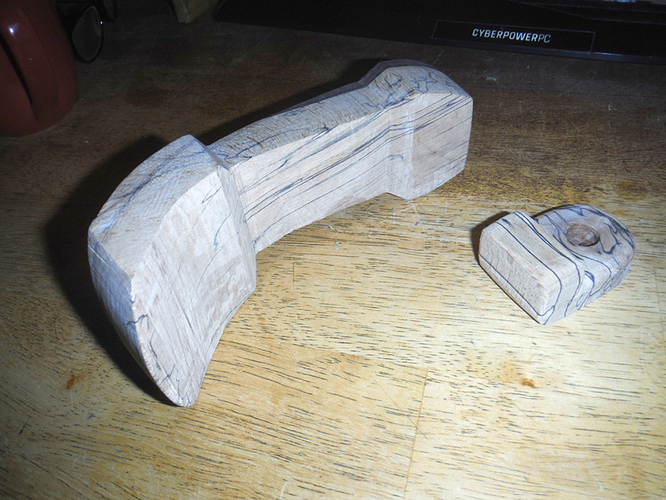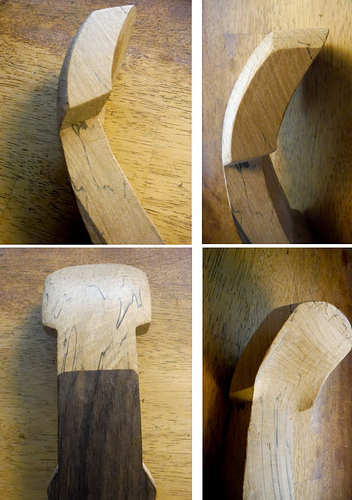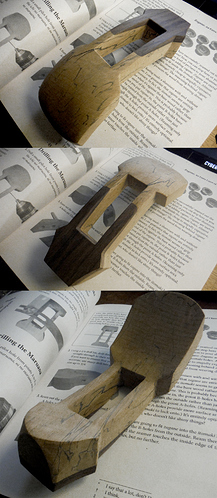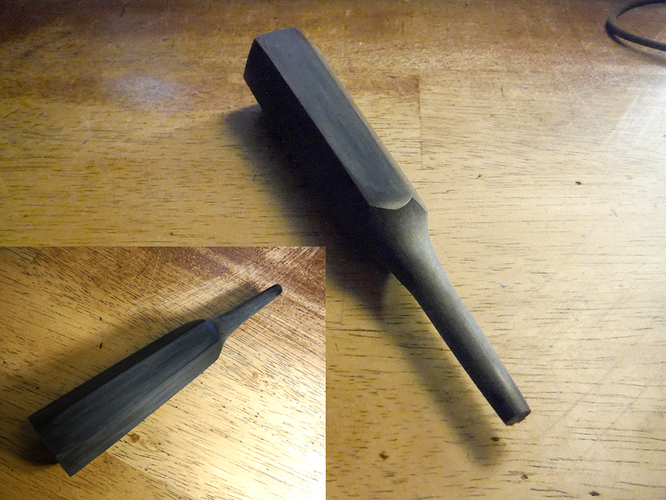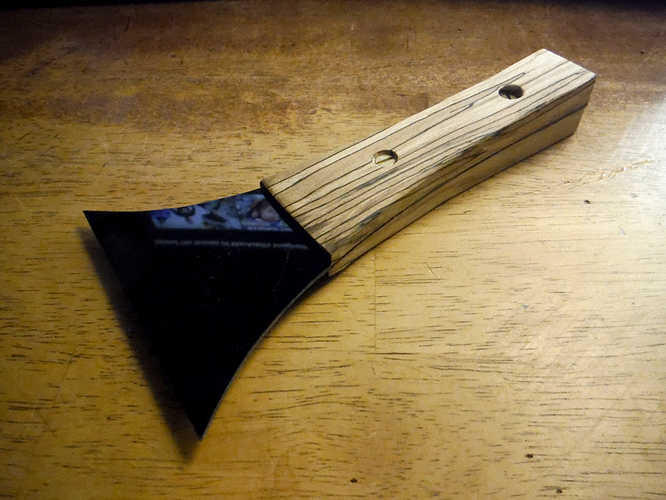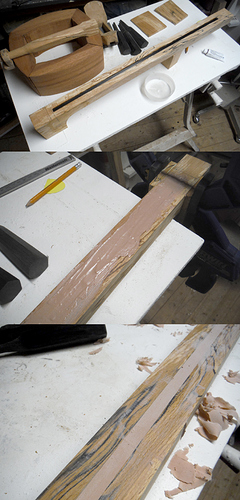So I took my first cuts into building my shamisen last night…wow!
Spalted beech sao…
The wood was flat sawn so I used the edge as the finger board and the angle of the board was off of the grain by 3 degrees so I had to cut out a giant door stop that will be used for the nakago.
It will have a 8mm x 8mm carbon truss rod, rosewood fingerboard, khaya mahogany dou, spalted beech/rosewood itomaki, and spalted beech neo and bachi handle.

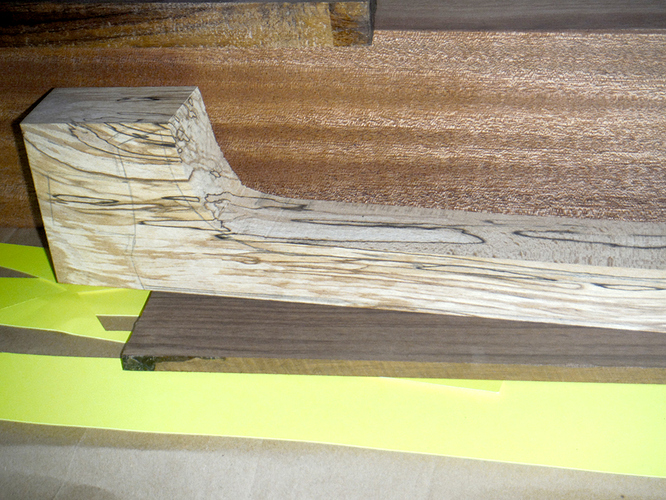
 I can´t wait!
I can´t wait!
